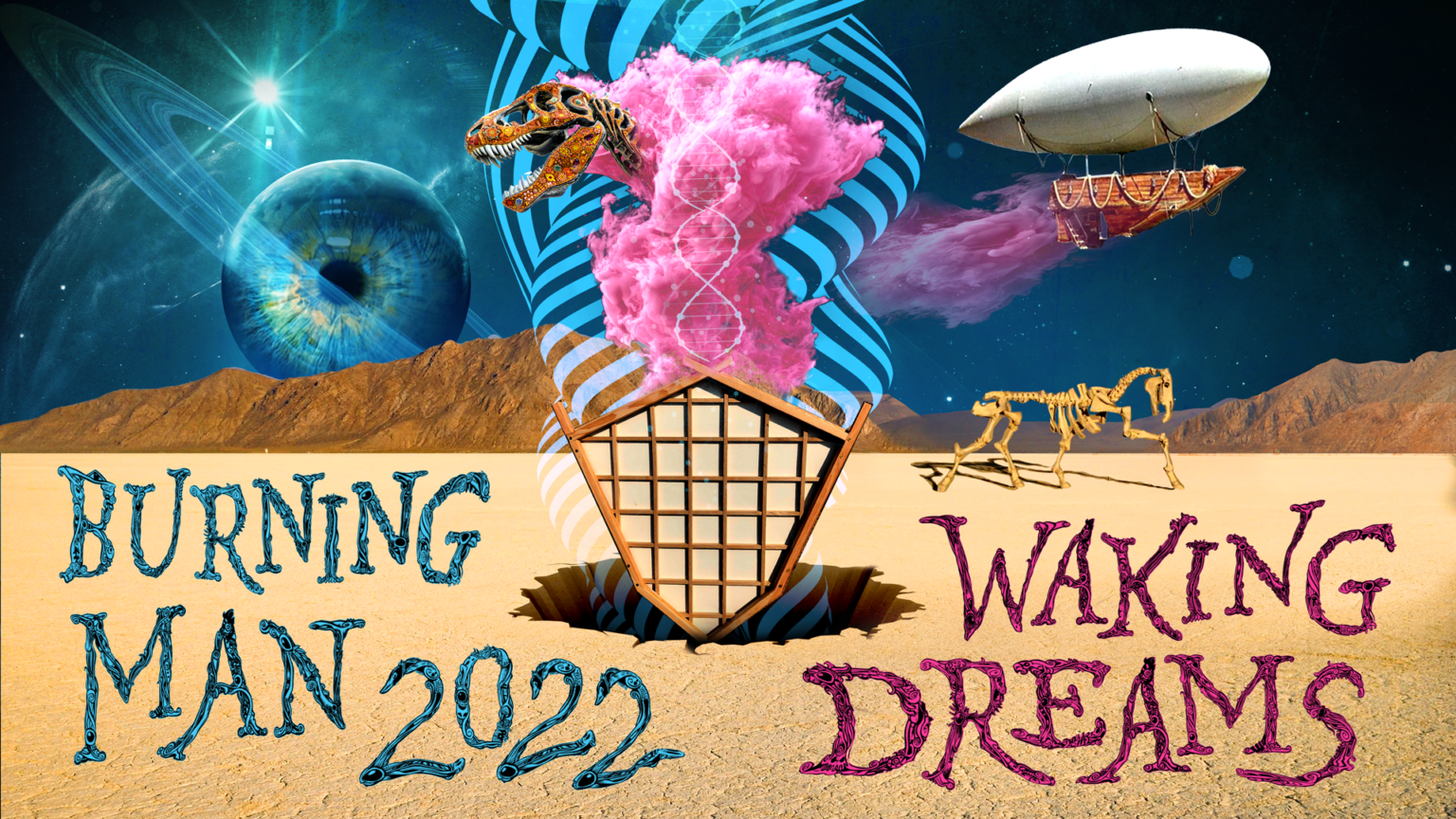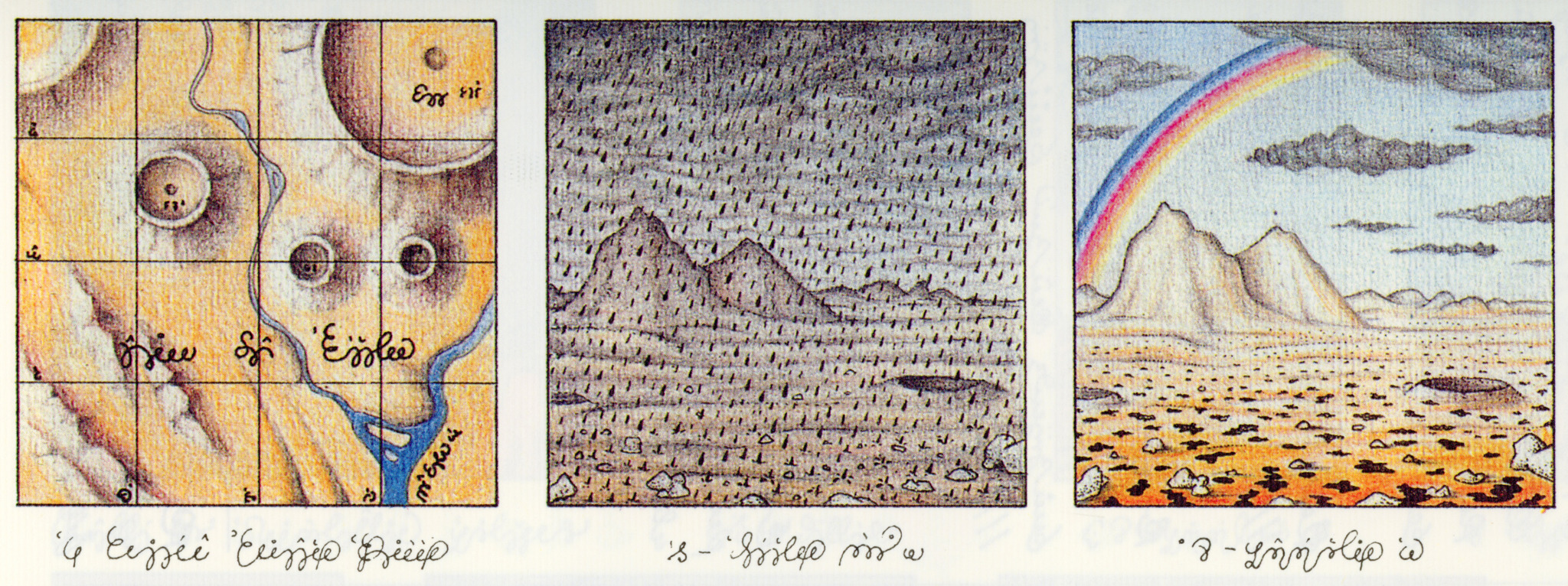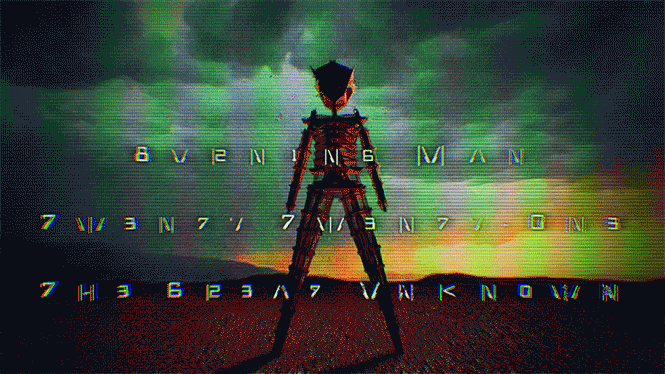The 2022 Burning Man theme will explore the transformative power of dreams, both literal and figurative, and celebrate the dreamers who channel this potent energy in eye-opening, often surrealistic, sometimes life-changing ways. Because after all what is Black Rock City if not a collective manifestation of the community’s dreams?
“I dreamed I was a butterfly, flitting around in the sky; then I awoke. Now I wonder: Am I a man who dreamt of being a butterfly, or am I a butterfly dreaming that I am a man?” – Zhuang Zi
Everyone dreams, and no one knows why. Since the dawn of whenever, people have striven to explain the inexplicable: as a way of receiving messages from the supernatural; as a means of astral travel for the soul; as a portal into our past lives; even as a glimpse into a kind of meta-reality, to which what we perceive as waking life is in fact but a dream. Modern science views the question through a more mechanistic lens, describing sleep as a kind of scheduled downtime for systems maintenance, allowing us to sort and tag new data into memory and rejuvenate our overworked myelin sheaths; the images we experience in the process being the equivalent of test patterns on a video monitor.
Freudians and Jungians counter that these projections are far from random, and in fact represent the subconscious mind rattling the cage of the conscious, either to relive some past trauma or to communicate thoughts that the waking mind tends to ignore. Either way, it’s clear that dreams do usually draw from what we have experienced in our waking lives, from what we have seen – or in the case of those blind from birth, who do not dream in visuals, what has been heard, felt, or otherwise sensed.
There is a long cultural history of people working to access and influence their dreams, and to channel subconscious insight into waking creativity. From sleeping on specially crafted dream beds in temples to better receive divine inspiration, to the keeping of dream journals and other types of dream work. These methods are often designed to increase the incidence of lucid dreaming — the awareness that one is dreaming while inside the dream — or simply to better remember the thoughts and impressions that otherwise tend to evaporate so quickly upon waking.
Countless creative breakthroughs have been fueled by dreams, both in the arts and the sciences. The periodic table of elements and the spiral helix of DNA are just two examples of the subconscious solving a puzzle in dreamtime that the dreamer couldn’t resolve when awake. So it’s no surprise that in search of such inspiration people have developed techniques to more readily access and recall the dream state. The inventor Thomas Edison, for instance, used to take naps in his study holding a steel ball in either hand, poised over a pair of metal plates. When he fell asleep, the noise of the crashing balls would immediately wake him up, and he’d write down everything he could remember. For the artist, or for anyone pursuing a path of creative self-expression, dreams can be a boundless sea of inspiration.
Dreams are, of course, also a timeless motif in art itself. In the world’s oldest surviving work of fiction, the hero Gilgamesh dreams of mighty axes and falling stars. From the bizarre dream-worlds of Edgar Allen Poe and Lewis Carroll to films like The Wizard of Oz and Inception, we experience narratives that unfold principally or entirely in a dreamscape, inverting the ordinary order of consciousness by giving short shrift to waking life. And in the visual arts, the surrealist movement called explicitly for this sort of inversion, rescuing dreamtime from the oblivion of waking forgetfulness and making it central to the artistic process. André Breton, the movement’s founder, noted in the First Surrealist Manifesto: “The vast difference in importance, in weight, that the ordinary observer grants to events while awake and asleep, has always astonished me.”
Given that the average human spends a decade or more of their lifespan in dreamland, this does beg the question: is what we experience in dreams any less a part of our existence than our waking lives? Breton’s answer was a fierce “no,” and he railed against what he called “an incurable mania for reducing the unknown to the known,” rejecting realism and rationalism as a dull mélange of “mediocrity, hatred and dull conceit.” A century later surrealism remains a potent force in modern art, and much of what we think of as Burning Man art can be considered to be in or adjacent to the surrealist canon.
That reintegration of dreaming and waking consciousness that fuels surrealism also sounds a lot like how many people describe their Burning Man experience, as a sort of waking dream that can approach a psychedelic state, even without the use of drugs. This reflects not only the profusion of surrealist art on the playa every year, but the environment itself, a stark and otherworldly landscape straight out of a Salvador Dalí canvas.
“Throw your dreams into space like a kite, and you do not know what it will bring back, a new life, a new friend, a new love, a new country.” – Anaïs Nin
It is a signature aspect of Burning Man culture that we transform our dreams into actions in the world. Not just an inner transformation but an externalization of that vision, bending the arc of reality toward the fantastic and bringing the world along for the ride.
Of course when we speak of dreams in this sense, we’re not just talking about what goes on behind our twitching eyelids during REM sleep, but in a larger sense of our hopes and aspirations for the future. When people talk about “living the dream” they generally don’t mean having a conversation with a talking crow or giving a speech in the nude. Rather, they mean making life choices that aim to satisfy their true desires, and not simply accepting the choices made for them by circumstance.
As we all know, this is a lot harder than it sounds. In a world saturated with the false desire-cues of media and advertising and the persistent drone of social media, many find it difficult to even know what they really want, to find and hear that true inner voice that operates outside the chalk-lines of social control and perhaps even of conscious thought.
When you peel back the onion of “transformative experience” and ask Burners in what specific ways they have changed, the answers are not entirely surprising: they change careers, they change addresses, they end unhappy relationships. And they often take up, or return to, a creative pursuit: dusting off that unfinished novel, picking up a musical instrument, or making art, not necessarily as a career move but for its own sake.
The word “radical” in the principle of Radical Self-expression refers not to something extreme or revolutionary, but to that which rises from one’s deepest inner self, literally from the root of your being. It suggests forms of creative expression that are grounded not in market trends or any popular aesthetic, but in an individual’s unique vision of the world. As we’ve said, finding that inner truth is never easy, and neither is manifesting it in the world, yet there are aspects of the Burning Man experience that may help catalyze the process.
First is the decommodified space of Black Rock City, which for many people is their first exposure to a world not thoroughly saturated with brand iconography, commercial persuasion, and economic status markers. With those background signals dialed down, it becomes more possible to actually listen to one’s own heart in a condition of immediacy.
Second is what some call the “permission engine” of Burning Man culture, the exuberant “yes” you will hear in response to any number of unlikely ideas, which can turn into a tidal wave of support and collaboration.
“The world needs dreamers and the world needs doers. But above all, the world needs dreamers who do.” – Sarah Ban Breathnach
After a long hazy blur of pandemic insomnia, unanchored in time and adrift between sleeping and waking, it’s time to start imagining the future again. When we get back to Black Rock City in 2022, three years will have passed. That’s more than a thousand days and nights of pent-up hopes and desires, all coiled up in our psyches and ready to burst out onto the blank canvas of the Black Rock Desert. Whether it’s a dream of artistic expression, a yearning to connect with others in a fractured society, or simply a desire to live a more meaningful and authentic life, Burning Man is the place where dreams can and do come true.
• To learn more about bringing artwork to Black Rock City, see our playa art guidelines.
• If your vision involves fire art on the open playa, please read our fire art guidelines.
• To apply for a grant to fund the creation of artwork for Burning Man 2022, visit the Black Rock City Honoraria page.
(Original theme graphic by Tanner Boeger, incorporating images from HRB, Phillipe Glade, and Christopher Robin Blum and art by Airpusher Collective, Marianela Fuentes, Arturo Gonzalez, and Sarahi Carillo)




